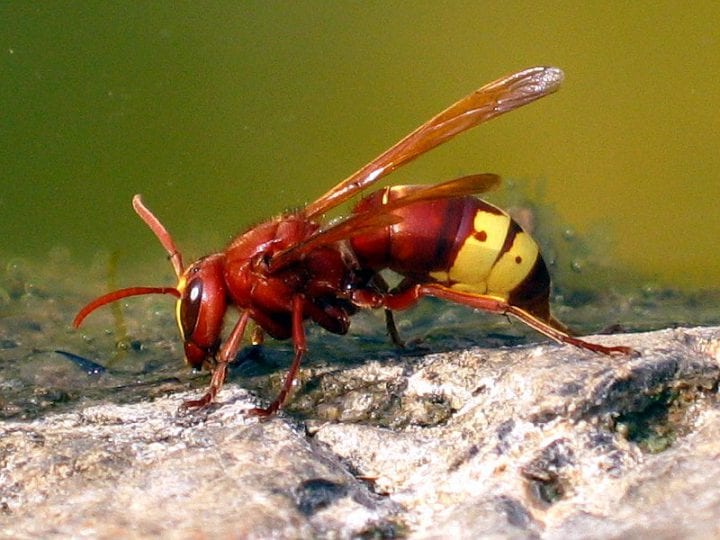Naturalist Award - Middle School
UN Sustainable Development Goals Addressed
-

Goal 13: Climate Action
2021 Youth Design Challenge
This design concept was developed by participants in the Institute’s Youth Design Challenge. The descriptions below are from the team’s competition entry materials.
School: River Trail Middle School
Location: Johns Creek, GA, United States
Coach: Marwa Crisp
Team members: Devesh Venkateswaran, Karthik Mahakala, Krish Chinta, Luke Puttnam, Om Deshmukh
Video Pitch

Innovation Details
Solar panels don’t work well when they overheat. The Adapto-Panel is a concept for a solar panel designed to maintain efficiency by reflecting excess sunlight when it gets too hot. It was inspired by the ways different plants adapt to high and low light conditions by absorbing or reflecting more light. The Adapto-Panel would regulate how much light enters the panel using a switchable smart glass and temperature sensor. Additional design features include textures inspired by the Oriental hornet to increase light capture, and a curved shape to increase space efficiency.
What is the problem addressed for this Challenge and how is it related to climate change?
The team looked for a problem that was feasible yet impactful, related to climate change, looking at many problems, but all of these were rejected when the team couldn’t find them solvable. Then the team found the perfect problem. There are many industries in Georgia that run on fossil fuels. Most companies reject solar panels due to their efficiency. The team came to know that increased heat after a certain temperature causes the efficiency of a solar panel to decrease.
What does this design solution do? How does it solve and improve a problem?
The team needed to design a different surface covering for the solar panel that will automatically change phases of absorption based on the heat. The team planned to use a smart glass instead of a normal one. Smart glass has three phases, reflective (like a mirror), transparent, and half reflective/half transparent. Another thing the team implanted in the solar panel sheet was the tight structure and separated segments. These were very helpful as they lessened the temperature without reducing the amount of light absorption.
How was this solution inspired by nature? What organisms inspired it?
There were mainly two biological models. First one, for the switchable glass/mirror (smart glass). The organism the team looked at was a common leaf. The team noticed that in nature, some leaves are dark while others are lighter. Also, the plants that have habitats in places where there is less sunlight, have darker leaves while it is the opposite with lighter leaves. The biological model that relates to the separated segments and tight structure is the structure of the Australian Fan Palm plant’s leaf.


